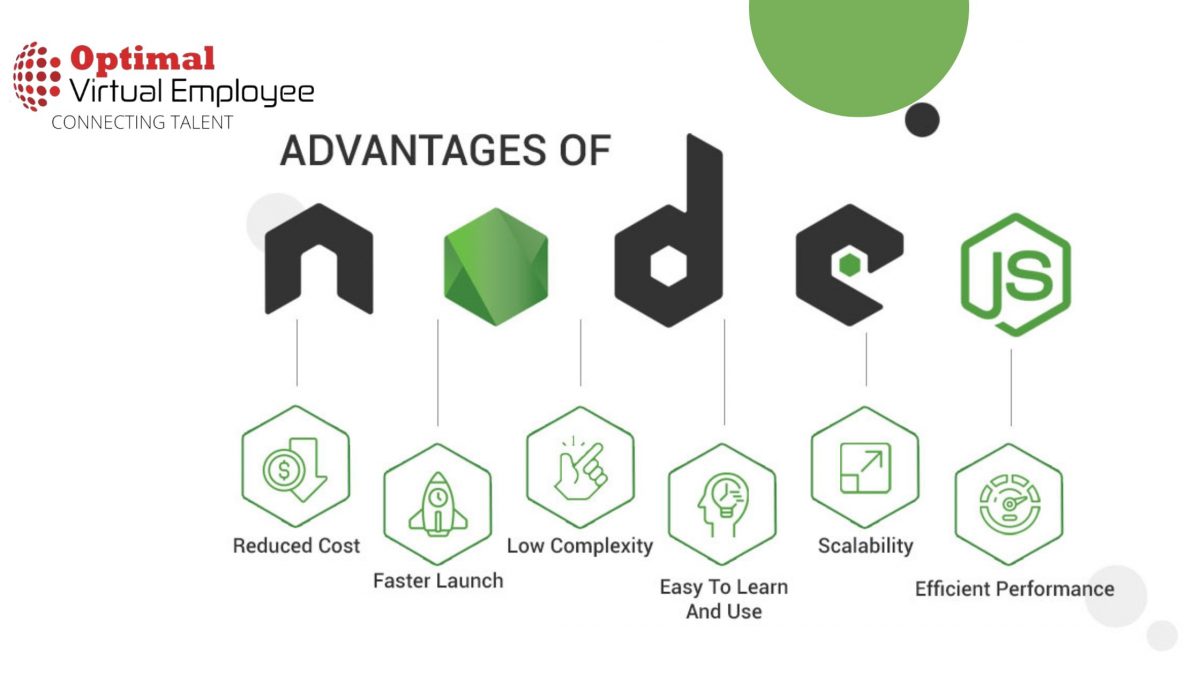Node JS’s popularity has grown since its launch in 2009, and this trend is here to stay for so long. Yes, the booming popularity and recent stats indicate that 47.12 percent of developers are using Node worldwide.
For years, many top brands, like PayPal or Yahoo, have favored Node.js for its massive advantages. The features like robust scalability, high performance, and more make it an incredible backend framework.
But you might wonder what exactly Node js is or what makes it so popular in the web world. This article will discuss everything you need to know about Node JS, including its applications and uses. So, continue reading this write-up and know Node JS in detail.
What is Node JS?
Node.js is an open-source, cross-platform runtime environment for JavaScript. It was released first in 2009 to provide developers with an advanced platform to write, test and debug JavaScript code outside the browser.
The popular platform has various application programming interfaces (APIs) extending the backend’s JavaScript capacity. The features like file system support, HTTP requests, and child processes allow single-threaded and non-blocking performance. Developers can’t accomplish the same in a browser.
Key Features of Node JS
- Operated on Single Threaded Event Loop Model Architecture.
- Asynchronous by design
- The event-driven mechanism to keeps track of sending and receiving API requests.
- Streamlined and quicker code implementation makes the performance better.
Top Examples of Node Js Applications
1. Collaborative Tools
Node.js specializes in asynchronous programming, which makes multiple things possible at once. Such an ability benefits programs that must enable real-time processes and operations.
The co-collaborative features like document editing become easy with Node JS. Video conferences and instant messaging systems also rely on the same backend technology. WebSockets is a Node.js API offering event-driven, called two-way interactive communication.
2. Streaming Services
With the birth of intelligent devices, streaming services got a boom. Streaming services allow viewers to watch videos or listen to music anytime from a widely accessible internet hub.
Netflix is one of the most famous Node.js examples of video streaming in action these days. With a small monthly subscription fee, Netflix users can watch various films and series anytime. There are different categories and genres available on the platform.
Node.js has a built-in module for streaming capable of transmitting large amounts of data chunks sequentially. Because of this, developers won’t need to store or cache data in the application memory temporarily.
3. Dashboards
Dashboards are a great way to effectively and quickly strengthen your web app’s user experience (UX). Your app may provide the same major services to every customer, but dashboards cater to the customer’s individual experience plus their history within your app.
Web applications can use Node.js on their server side to offer immediate updates to a dashboard user interface (UI). Server-side rendering (SSR) generally indicates quicker load times as it eliminates the browser-to-server round trips requirement.
4. Microservices
Microservices is an architectural style where the application is managed not as a single unit but as a service collection. Businesses opt for this style because it can be easier to manage maintenance in testing. They can also get deployed independently.
NASA is one of the many significant enterprises using Node.js. Using microservices, NASA could migrate all its data to the cloud. It also becomes a useful Node.js example for the moment. A detailed case study also explains how Node.js keeps astronauts safe and data accessible.
5. Real-Time Chats
Real-time chats are one of the popular online communication tools available today. It enables the live transmission of text, audio, or video messages from a sender to a receiver. These chats are one-in-one or group chats built on IM (Instant Messaging) and IRC (Internet Relay Chat). These online chatting applications are used everywhere, from social networks to commercial sites.
Node.js provides all the basic functionalities required for building real-time chatting applications of any complexity. In particular, Node has a robust Event API that facilitates building specific types of objects (“emitters”) that periodically emit named events “listened” by event handlers. Thanks to this advanced functionality, Node.js makes it simple to execute server-side events and push notifications in an instant and other real-time messaging applications.
Conclusion
Now that you know what wonders Node JS can do to your business, you should try this cross-platform for your next project. It’ll bring your software to function and uplift your developer’s spirit.
You’ll need developers in the first place to whip up any of the above-shared examples and add some sprinkles on top. At OVE, we have a full-fledged team of in-house developers who can adapt to your business and roll with new challenges as they come along.









